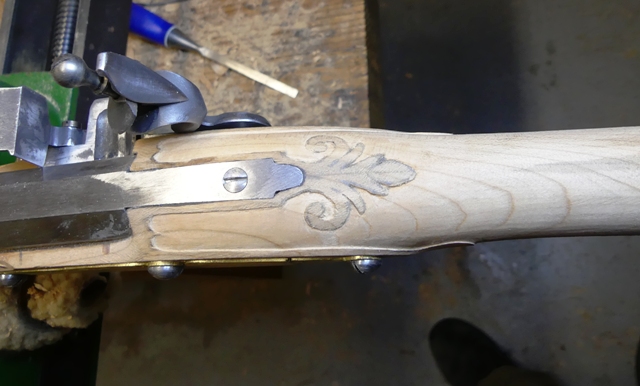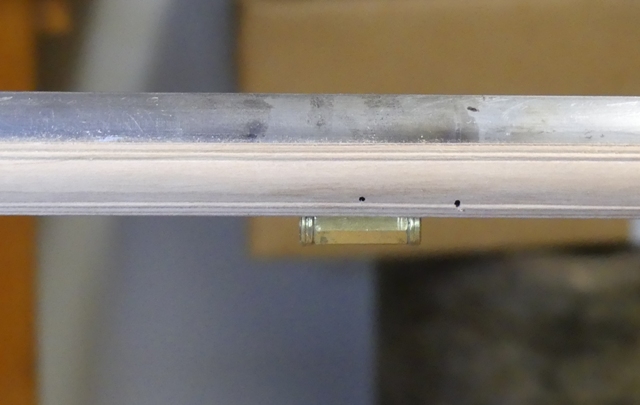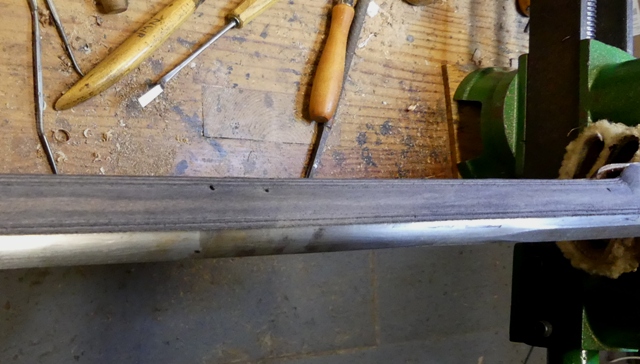Beautiful!
What do you call that feature where the trigger guard is mounted on the raised moulding? It certainly is eye catching and I imagine it lets you make the stock that much slimmer.
Great photo of Willow- And your vista is inspiring I am sure!
What do you call that feature where the trigger guard is mounted on the raised moulding? It certainly is eye catching and I imagine it lets you make the stock that much slimmer.
Great photo of Willow- And your vista is inspiring I am sure!




































